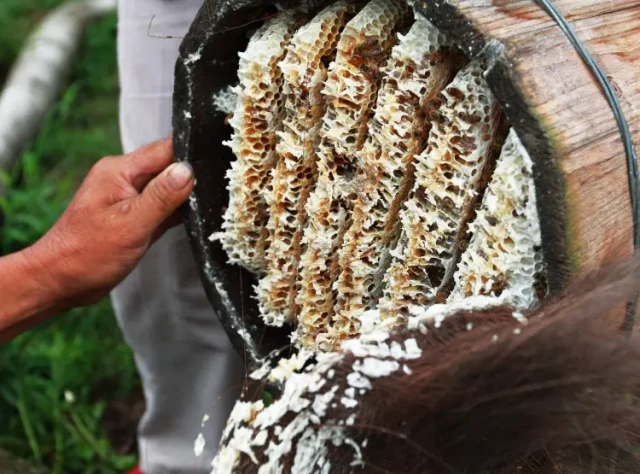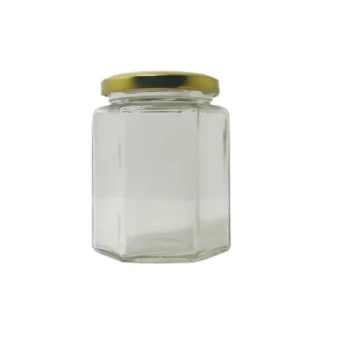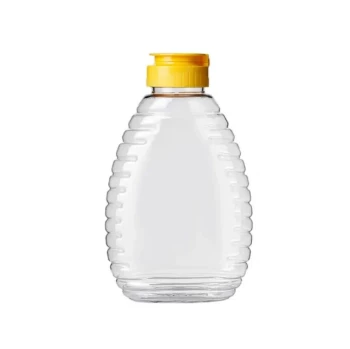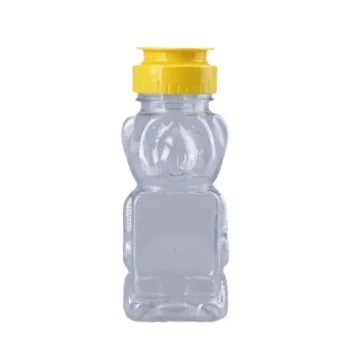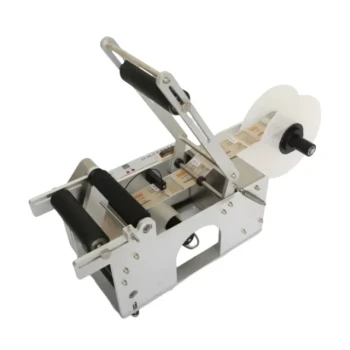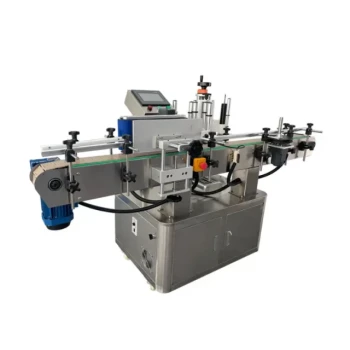Honey's natural preservative properties don't make it immune to degradation. Selecting the right storage container—based on material science and environmental factors—can mean the difference between honey that lasts decades and batches that spoil prematurely. This guide combines food science research with commercial beekeeping insights to help you make informed decisions.
Honey Storage Fundamentals
Why Container Material Matters for Fermentation Prevention
Honey's low water content (typically under 18%) inhibits microbial growth, but improper storage can introduce moisture, leading to fermentation. Research shows that:
- Porosity matters: Containers that allow air or moisture penetration (e.g., unlined ceramics) promote fermentation.
- Chemical reactivity: Some metals can oxidize honey's acidic components (pH 3.4–6.1), altering flavor and color.
A study of commercial apiaries found that honey stored in reactive containers developed off-flavors 30–50% faster than those in inert materials.
Glass vs. Plastic vs. Metal: Permeability and Chemical Stability
| Material | Pros | Cons | Best For |
|---|---|---|---|
| Glass | Non-reactive, impermeable, reusable | Heavy, breakable | Home use, small batches |
| Food-grade plastic | Lightweight, shatterproof | Can absorb odors over time | Commercial bulk storage |
| Stainless steel | Durable, temperature-resistant | Higher upfront cost | Large-scale operations |
Key insight: Plastic containers labeled "HDPE" or "PET" resist chemical leaching, making them safer for long-term storage than generic plastics.
Climate-Specific Storage Adjustments
- Humid climates: Opt for containers with gasket-sealed lids (e.g., stainless steel drums with rubber seals) to block moisture ingress.
- Variable temperatures: Glass or metal containers stabilize honey better during fluctuations, as they conduct ambient heat/cold slower than plastic.
Research indicates honey stored in metal containers at 10–18°C crystallizes predictably, allowing controlled creaming processes—critical for commercial producers.
Advanced Preservation Strategies
Case Study: How Improper Sealing Led to Commercial Honey Batch Loss
A 2022 analysis of a 1,200-pound honey loss traced the issue to:
- Inadequate lid seals in plastic pails, allowing humid air entry during monsoon season.
- Temperature swings in a warehouse, accelerating crystallization and moisture absorption.
The solution? The apiary switched to stainless-steel containers with silicone gaskets, reducing spoilage by over 70% in subsequent seasons.
Expert-Recommended Sealing Techniques
For home beekeepers:
- Use wide-mouth glass jars with dual-seal lids (inner plastic + outer metal).
- Apply beeswax around the rim for an additional moisture barrier.
For commercial operations:
- Industrial drum liners inside metal containers provide a redundant moisture block.
- Oxygen absorbers (for dried honey products) can extend shelf life by 2–3 years.
Pro tip: Store containers on pallets in cool, dark spaces—elevation prevents ground moisture absorption, a common spoilage trigger.
Preserve Your Honey’s Quality with the Right Tools
Whether you’re a hobbyist or manage large-scale apiaries, proper storage directly impacts honey’s marketability and longevity. HONESTBEE supplies beekeeping professionals with wholesale-grade storage solutions—from food-grade plastic pails for distributors to stainless-steel tanks for commercial processors.
Explore our preservation-focused containers today and keep your honey as pristine as the day it was harvested.
Visual Guide
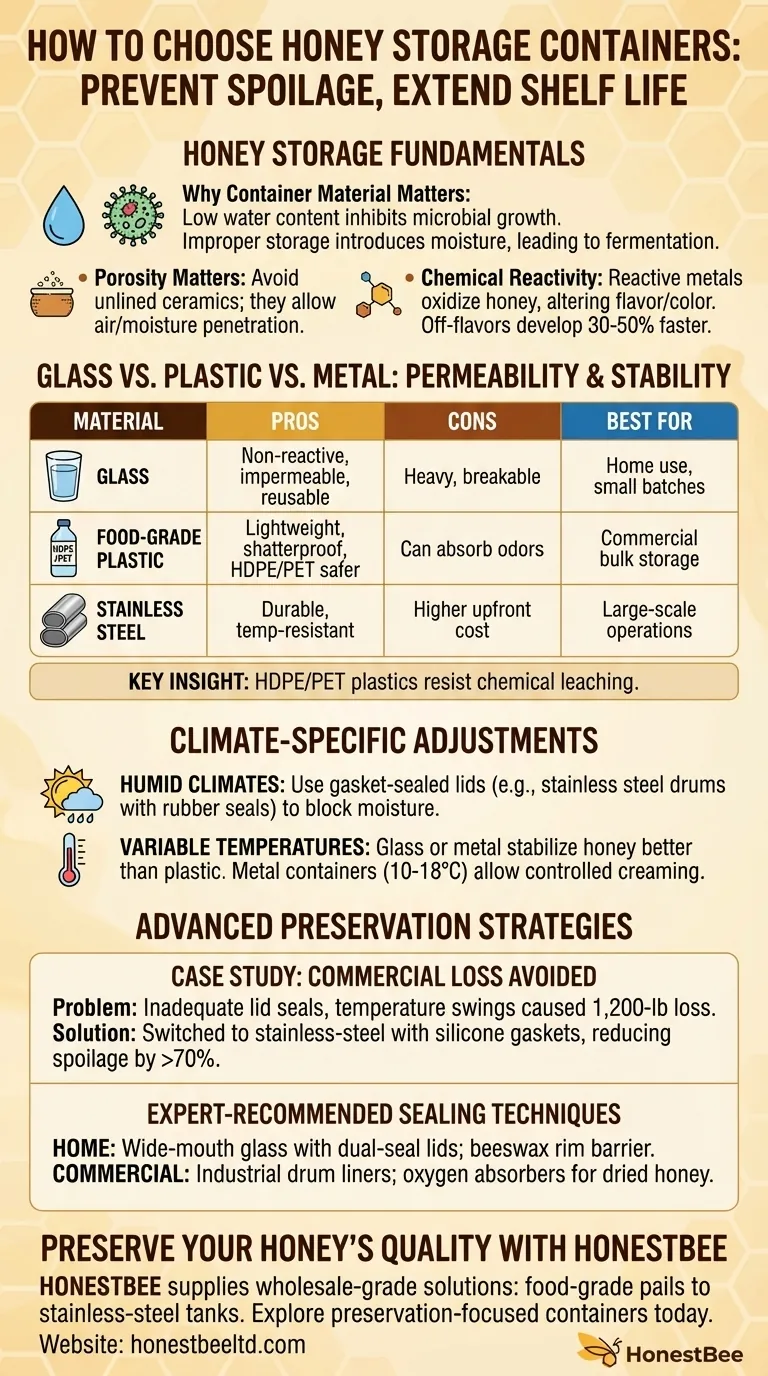
Related Products
- Hexagonal Glass Honey Jars with Metal Lug Caps Elegant Versatile Packaging
- Classic Drum Shaped Glass Honey Jar with Airtight Lid
- Squeezable No-Drip Beehive-Shaped Honey Jars with Flip-Top Cap
- Inverted Squeezable Honey Jar with No Drip Flip Top Cap for Easy Pouring
- Classic Honey Bear Jars with Flip Top Dispensing Cap for Liquid Sweeteners
Related Articles
- How to Prevent Honey Fermentation: The Science of Moisture Control for Beekeepers
- Mastering the Craft: A Professional's Guide to Calibrating Your Honey Refractometer
- How Honey Bottle Designs Combine Convenience, Safety, and Sustainability
- How Honey Storage Science Preserves Nutrients: Temperature, Light & Container Insights
- How to Safely Restore Crystallized Honey Without Losing Nutrients
